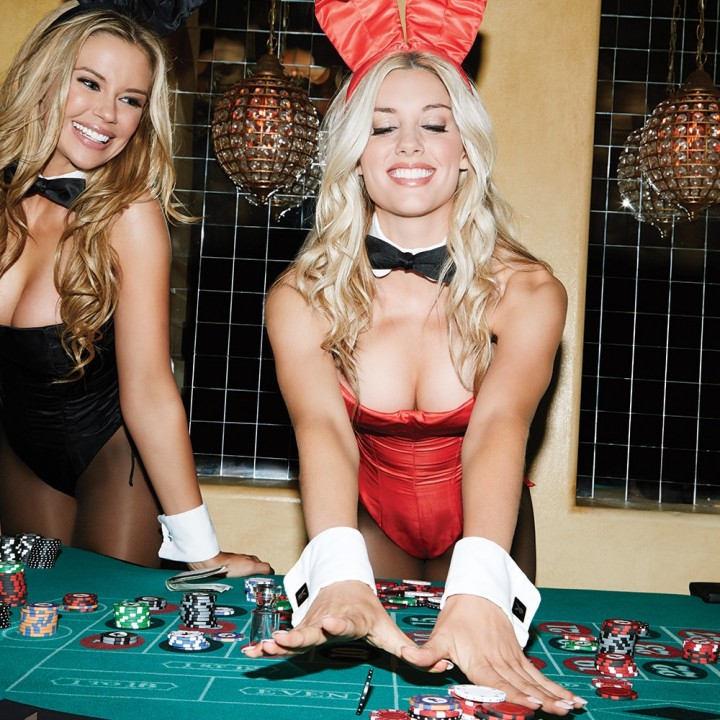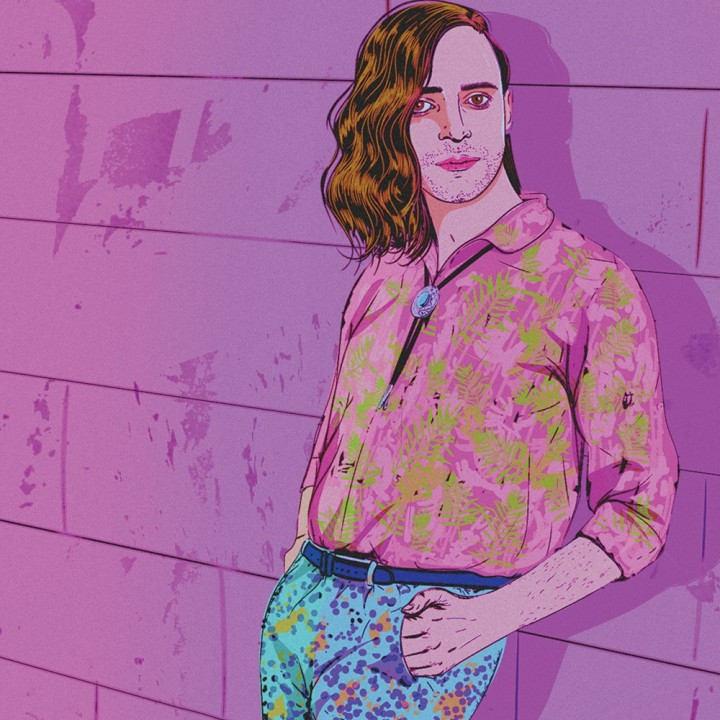
'Die Hard' at 30: How It Redefined the Sexy Action Hero
When the original Die Hard debuted in theaters 30 years ago, it was anything but a sure thing. It earned mixed reviews (Roger Ebert gave it just two stars, and the New York Times called it “excessive”), and it starred a sitcom star (Bruce Willis, then best known for the hit TV show Moonlighting) untested in the action genre.
Die Hard arrived the same year as Rambo III, and on the heels of many more increasingly brawny, hyper-masculine action vehicles. While Willis’ McClane was no wallflower, he looked and acted like a regular guy, which was what made both the character and the high-stakes situation he was in (a terrorist attack on an L.A. high-rise) more accessible. Sure, McClane manages to singlehandedly overpower a formidable cadre of bad guys, even with giant shards of glass in his bare feet, but he bleeds (profusely) and is more than capable of getting hurt both physically and emotionally.
The movie’s copious R-rated action sometimes overshadows the fact that McClane’s motivation for being in L.A. in the first place is to reunite with his estranged wife, and he springs into action in order to save her. “A lot of movies would have glazed over that husband-wife relationship,” adds Maher, who hosts a popular movie-themed variety show called Kevin Geeks Out. “What I like [about Die Hard] is that every character is nuanced—nobody is playing a type.”
In Praise of Jessica Rabbit, 30 Years Later
As 'Who Framed Roger Rabbit?' turns 30, Playboy cheers for the animated vixen

D’Anna points out a scene from early in the movie where McClane and his wife argue about her decision to change her last name and pursue a career on the other side of the country. When he verbally snaps at her, it’s clearly from a wounded place, not purely out of macho pride. “I like that they show that about him, that he’s lashing out because he’s hurt,” she says. According to D’Anna, studio execs still pitch genre movies as “Die Hard on a [fill in the blank]," but more often than not they miss what made the original film special, such as the hero’s sensitivity.
It was almost unheard of in that decade, to have this kind of vulnerability.
As Hancock tells Playboy, “If you don’t have good characters, you don’t have a movie. [In Die Hard], they really made a huge effort to make all central characters complete. [McClane’s limo driver] Argyle has great lines. Hans Gruber [played by a suave, scene-stealing Alan Rickman in his first major movie role] is maybe the best villain of that entire decade. And [McClane] was almost a throwback to early ‘70s action heroes, more of a Steve McQueen or a James Coburn.”
For Hancock, the scene that sets Die Hard apart from other shoot-'em-ups is an emotionally charged one late in the film where McClane chokes back tears while removing pieces of glass from his feet. McClane implores the VelJohnson character to impart how much McClane loves his wife, and prepares for what he imagines will be his inevitable death. “It was almost unheard of in that decade, to have this kind of vulnerability,” says Hancock.
It’s amazing that his wife is perceived as someone who is independent and strong.
Independent filmmaker Eric D. Wilkinson was so disappointed by 2013’s A Good Day to Die Hard that he infamously booked a full-page ad in the Hollywood Reporter in 2015, urging producers to course correct. “It’s not how big your explosion is—it all comes down to the writing and how that character was portrayed,” Wilkinson tells Playboy. “The younger people that have been given the keys to the franchise—I’m not sure they have gone back and read the original script, and taken note of what made it good. I feel like they’re just making another action movie with Bruce Willis as John McClane.”
Still, he considers it a testament to the power of the 1988 original—which blew his mind as a young filmgoer and is now his favorite film of all time—that so many movies (including this past weekend’s Skyscraper) have tried so earnestly to replicate it. “What movie can you think of that’s 30 years old that they’re still tying to imitate, not just reboot?” asks Wilkinson. “Die Hard is arguably the best action movie ever made.”






